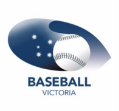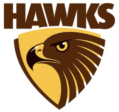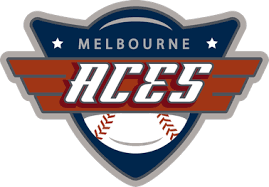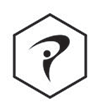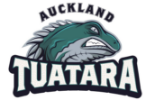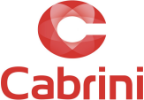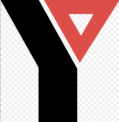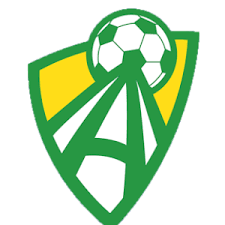Rotator Cuff Tear
The rotator cuff is a critical group of muscles and tendons that form a cuff over the shoulder.
Their primary role is to keep the head of your upper arm bone firmly in the shallow socket of your shoulder blade. If these muscles or tendons become worn or torn, you may experience pain, weakness, and an inability to fully raise your arm.
Depending on the size and location of the tear, conservative treatment (Physiotherapy) can sometimes be effective. If the tear is of a certain dimension or location, Surgery may be required.
Rotator Cuff Repair surgery can either be performed arthroscopically (key hole surgery via small incisions) or via an open procedure, in which a larger incision is made. The surgery seeks to repair the torn tendon. The surgery uses small sutures and rivets (called suture anchors) to repair the tendon so that it once again attaches firmly to bone.

The shoulder is actually composed of more than a single joint. It is better understood as a ‘complex’, composed of a number of different structures.
- The shoulder blade (scapula)
- The collar bone (clavicle)
- The arm bone (humerus)
- The joints that link each of these structures together.
Treatment for shoulder instability first requires the correct diagnoses. Upon assessment, further investigations may be required such as an xray or scan such as an ultrasound or MRI, to assist with confirmation.
In order to reach with your arm, particularly above shoulder height, each of the joints that contribute to the shoulder ‘complex’ must work as a team. Soft tissues (muscles, tendons, ligaments) have a large role to play in facilitating this ‘teamwork’. Where there is a deficit in any of these tissues, pain and movement limitation can result.
What are the treatment options for a injured rotator cuff?
Conservative Treatment
Through a progressive gentle range of motion and strengthening program, the shoulder dysfunction will generally resolve.
Exercises will be based upon re-educating the muscles of the neck, shoulder and thorax so they work in unison to provide the necessary control to guide the shoulder through the activity.
Postural advice is often included as this can be a major factor in the shoulder dysfunction. In a world where we sit and work with technology, bad habits too often lead to injuries. Occasionally shoulder and arm pain can originate from the neck or upper back. The therapist will be able to assess and treat this should it be contributing to the problem.
Alternative therapies such as remedial massage can help to relieve the tensions of the shoulder, neck and back that may be contributing to pain and discomfort. Headaches and loss of sleep are common side effects to shoulder dysfunction due to stresses on other parts of the body because of the shoulder.
Shoulder injuries generally take a long time to get better, especially if there is a tendon injury. your clinician will guide you through a time line, but be patient as it can take 6 months or more.
Surgical Treatment
When tissues are damaged through injury or natural age-related ‘wear and tear’, some have a natural ability to heal. Other tissues, however, have a poor healing capacity, and surgery may be required to reduce pain, restore movement and enable a return to home, work and leisure activities.
In some circumstances, tissues simply need to be trimmed or ‘tidied up’, to reduce irritation and improve comfort. In other circumstances, tissues need to be repaired.
Shoulder surgery can be performed either arthroscopically or via an open procedure.
Arthroscopic shoulder surgery is a form of keyhole surgery in which a small telescope attached to a video camera is used. An open procedure involves a larger incision in the skin, to gain access to the tissues which require repair.
In the majority of cases, an arthroscopic surgical technique can be used. In some instances however, your surgeon may be need to utilise an ‘open procedure’.
Depending upon the quality of your tendons and the type of operation performed, you may be required to protect your arm for up to 6 weeks post surgery. You will the commence a progressive range of movement and strengthening program much like you would do with a conservative program. Recovery form shoulder surgery can take 6 to 12 months depending upon the procedure performed.
Glenferrie Sports and Spinal Clinic is located in Hawthorn. Situated conveniently near public transport and with convenient parking it is central to Camberwell, Kew, Richmond, Toorak and Malvern.
For appointments call 03 9815 2555, or book online here



